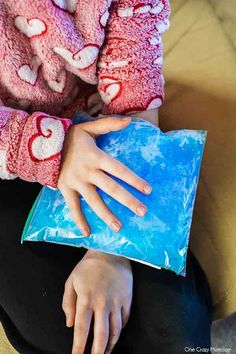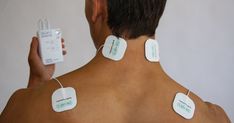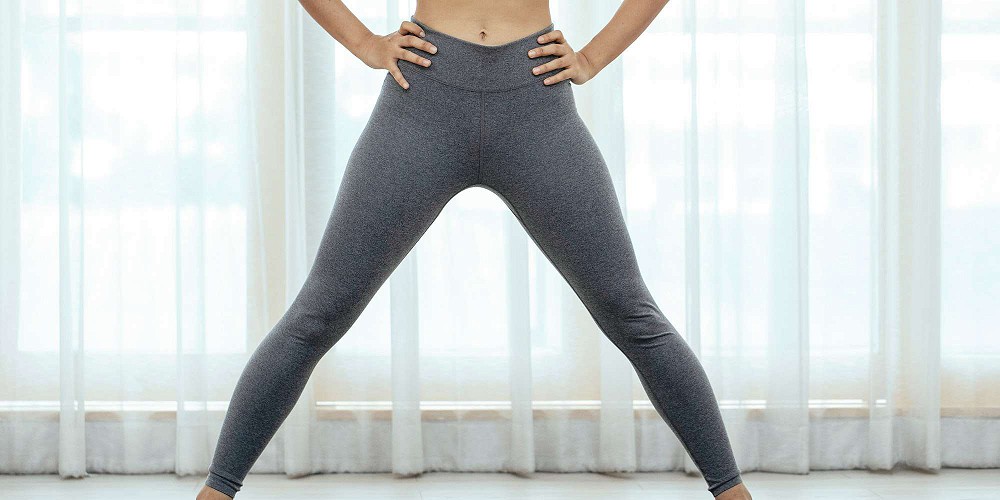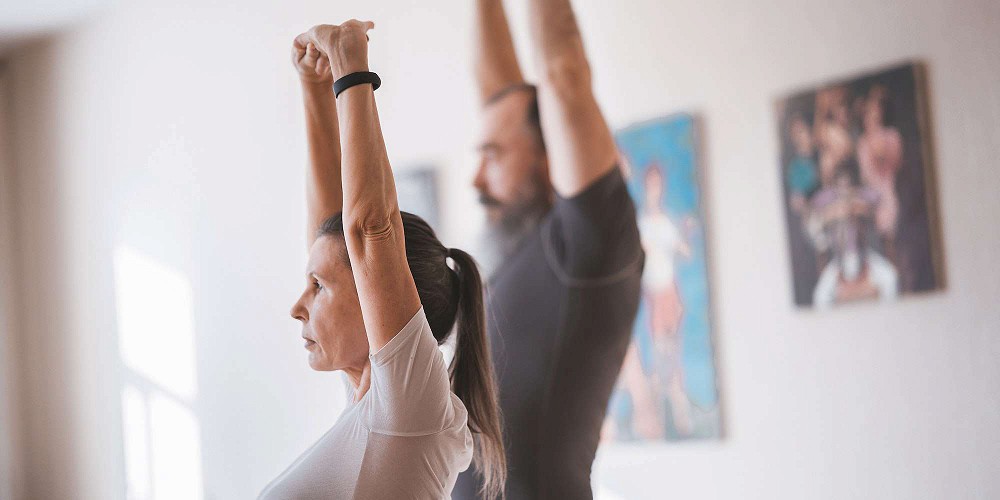Pain Relief without Pills
Article by Martin Davies
How can we reduce our reliance on pain medication? Lots of people are reluctant to use over the counter pains relievers as well as the stronger meds that are prescribed by doctors. Below are a few other ways that can be used to help manage pain that have a good body of evidence behind them to demonstrate their effectiveness.

Methods to help with pain without reaching for the pills
A common question I am asked as a Physiotherapist is ‘What can I do to help reduce my pain? I don’t like taking tablets and want to know what else I can do.’ Please review this list as a way to supplement your pain relief but keep in mind, this article is not to be seen as a replacement for pharmaceutical based products. There is a well proven role for many medications and it is wise to follow the advise of your Doctor or pharmacist if you are prescribed such meds.

Heat/Cold
Applying hot or cold compress to injured areas has been used for a very long time. Whilst there are some exceptions, the general rule of thumb is, if the injury is within the last few days, ice for 10-15 minutes max. This can be done more than once per day. Ice has an anti-inflammatory effect if used correctly.
Heat tends to be used for chronic injuries or pain that has been present for a longer period. It has a muscle relaxant effect and can help to improve tense muscles.
A third method can be used especially for swollen hands or feet where contrast bathing has been shown to reduce swelling and pain. In this method, you would prepare bowls of warm and iced water and alternate immersing the injured part for 15-20 seconds in each bowl for 5-8 minutes
Topical Creams
There are masses of these non-pharmaceutical creams on the market ranging from big corporate offerings such as Biofreeze, Deep Heat, etc to lots of small scale producers including the old favourite ‘Tiger Balm’. The common factor between these creams is they tend to include an active ingredient such as menthol, Eucalyptus or Capsicum (Chili pepper). The ingredients will often make the skin feel hot or cold or tingly. This triggers a kind of distraction process whereby the body is so busy focussing on the skin sensation that it is unable to, or too busy to, also process the pain from the area.

TENS
TENS machines (or a "Dr. Ho" if you watch late-night shows on TV) work in a similar way to the above creams. In this case they use electrical signals to cause the distraction from the pain source. You can purchase a pretty good TENS machine with spare pads etc for approx. $50. It can be used for years on all sorts of injuries and body areas.

Behavioural Methods
How you think about and how you process pain has been the focus of research that has yielded really good results. These methods include the use of meditation/mindfulness practices, Cognitive Behavioural Techniques, hypnosis, pain education and even the use of mirrors. A lot of them work on the idea of setting the context for pain in terms of how our mind reacts to the bodies pain stimulus. It essentially works on the brain end of the pain pathway. Great resources in this area would include the work of John Kabat-Zinn as well as a great TED talk by Lorimer Moseley titled ‘Why Things Hurt’ which can be found at this link. Moseley Ted Talk
In summary it can be seen that there are numerous products and methods that can be used to reduce pain that have been researched and found to be effective to varying extents. Whilst I would encourage people to follow the advise and prescriptions of their Doctor, looking into one or several of the methods above can often help to stay more comfortable and aid recovery.
You May Also Like...
-
 ArticleView Post
ArticleView PostBreaking the Silence: Talking About Pelvic Organ Prolapse
POP is a condition that’s often not spoken about that can be very disconcerting or even embarrassing for women who are suffering.
-
 ArticleView Post
ArticleView PostCan Poor Posture Cause Jaw Pain?
Posture is the position in which we hold our bodies while standing, sitting, or lying down. What does it have to do with jaw pain?
-
 ArticleView Post
ArticleView PostBalance & Fall Prevention for the Elderly
The elderly are at the highest risk for falls which may cause serious trauma. So how can we help seniors prevent fall-related injuries?